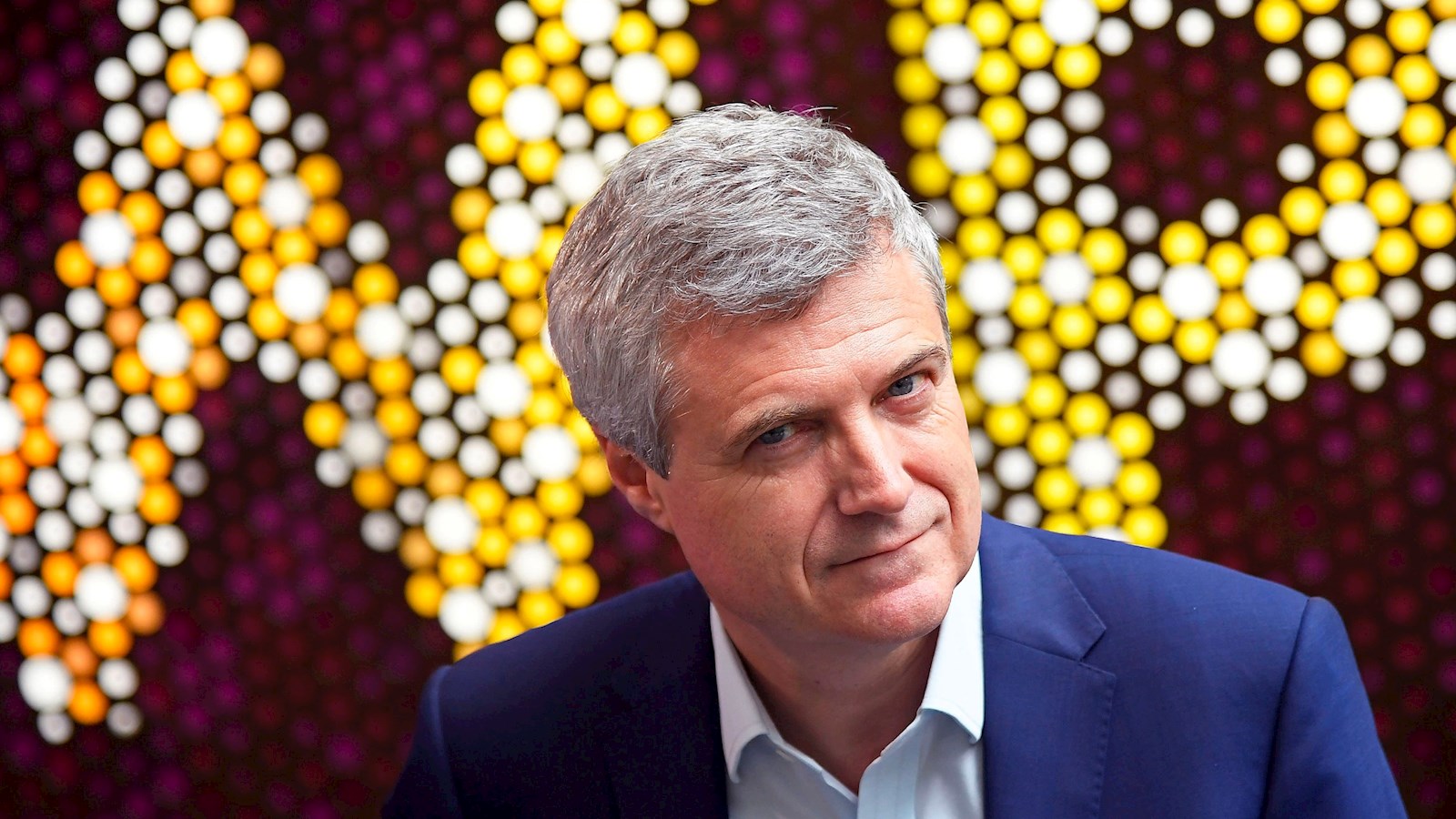
Show this article in Chinese, French, Portuguese (BR), Spanish
Mark Read: The best ideas don't answer just one problem, but many
Creative thinking can and should have a wider impact beyond advertising but can only do that if the industry works harder to attract a more diverse workforce
Creativity is WPP’s single biggest competitive advantage. Of course, every organisation needs innovation to thrive, but our industry is in the business of ideas. It’s the reason what we do has been in such high demand over the past two years.
Each day we’re asked to engage hard-to-reach audiences, super-charge a brand’s reputation or increase sales growth. Our answer is creativity – the solution not only to commercial problems but to some of our society’s biggest and most complex challenges.
WPP’s culture and purpose drive our creativity. When we set WPP’s purpose nearly four years ago – to use the power of creativity to build better futures for our people, planet, clients and communities – we wanted it to guide and anchor our work. It helps us to focus on the wider impact our ideas can have on the world around us, not just their ability to address the question at hand.
When Ogilvy started exploring the concept of real beauty with Dove in 2004 and encouraged body-positive conversations, it increased sales for the brand by 700%. A strong campaign that has developed over the years, it also challenged age-old stereotypes and broadened society’s definition of beauty. The best creative ideas don’t just look to answer one problem, they increasingly answer many.
Ultimately, our creativity is only as good as the teams we build. We’re a people business and by investing in them, we’re investing in our creativity and our continued success. And by building strong teams, we’re further strengthening our relationships with our clients.
This means attracting the best talent and inspirational thinkers who strengthen our creative excellence. Our creative spark comes from bringing together the best artists, strategists, producers, writers, technologists, futurists, planners, analysts and more, from different backgrounds and experiences. We also want to nurture early talent, via programmes such as our global NextGen Leaders programme and The Update that aim to build a diverse pipeline.
It’s why we introduced diverse candidate slate policies in the UK, US and APAC, and launched the free VisibleStart training programme in the UK for women over the age of 45 who want to enter or rejoin the industry. We’re also enrolling more women on development programmes including our Elevate sponsorship plan designed to support black women in their career growth. We want WPP to be the employer of choice and a place where people have the space to grow their career, which is why we designed Career Explorer to make it easier to move between agencies and markets.
This extends to our physical space too. People need modern and dynamic workspaces they want to work in, which facilitate learning and encourage creative collaboration on the next client pitch or challenge. Our investment in state-of-the-art campuses around the world will, by 2025, bring 85% of our people together in buildings that aim for the highest sustainable standards.
For WPP, a diverse and inclusive culture is a business imperative, producing the essential creative friction that fuels our creativity. We understand our audiences better, avoid group-think, look at challenges in different ways, deliver innovative solutions, and produce the best work. Our creativity flourishes in a diverse culture and when we invest in and celebrate the people who are the driving force of our company.
This article first appeared on Campaign
published on
04 October 2022

